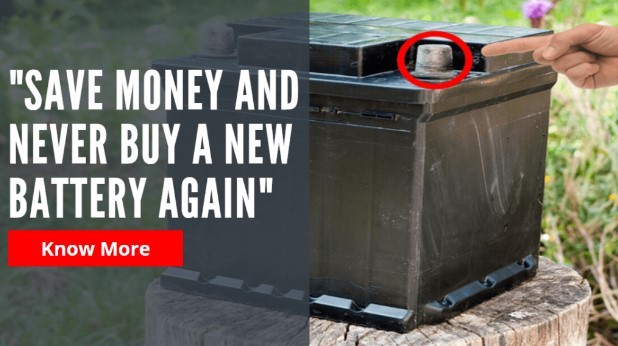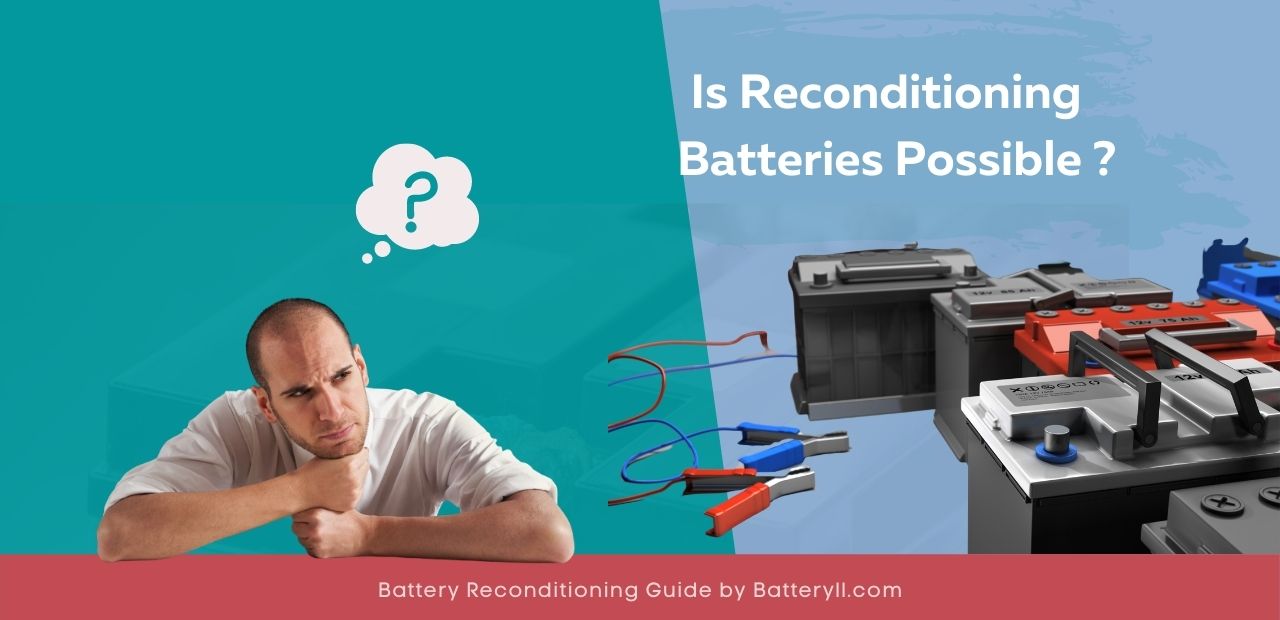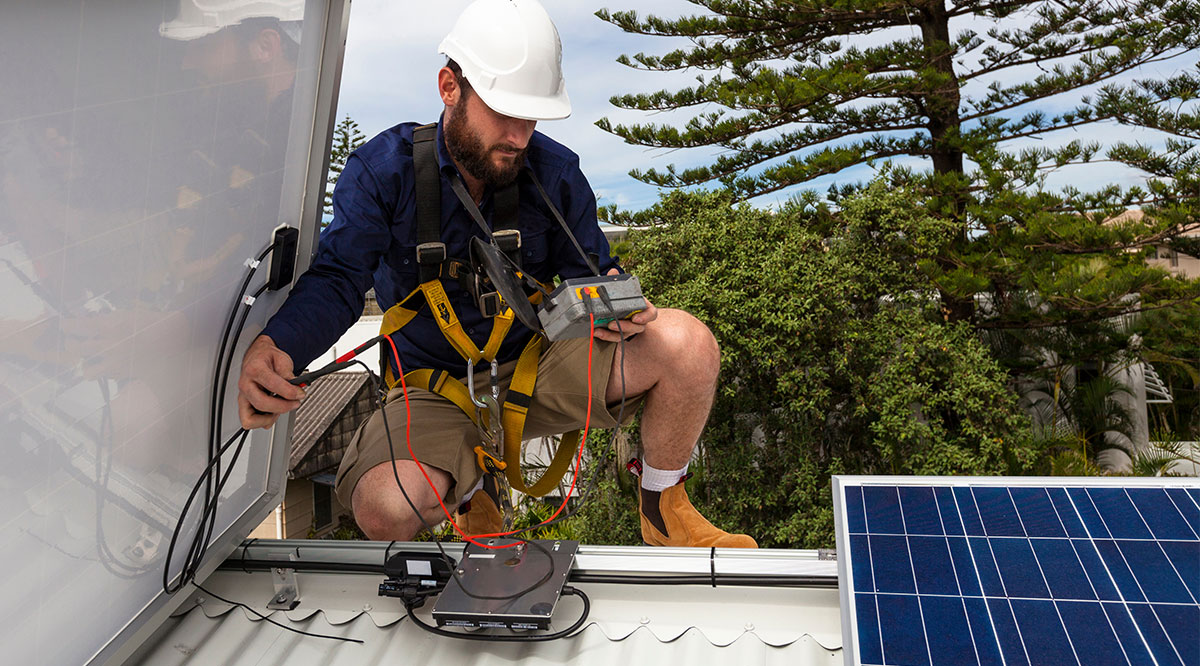
How to Bring a Battery Back to Full Power with Reconditioning: A Guide for the DIY Enthusiast
Hey there, battery warriors! You know that sinking feeling when your trusty battery starts to lose its pep? It's like your favorite car suddenly decides to take a nap in the middle of the road. But don't despair! Just like a good mechanic can breathe new life into a sputtering engine, you can give your battery a second chance with reconditioning.
Think of reconditioning as a deep-cleaning and rejuvenating spa treatment for your battery. It's a way to reverse the effects of age, neglect, and even occasional abuse. But before we dive into the nitty-gritty, let's clear the air about what reconditioning actually means.
Understanding Battery Reconditioning: It's Not Magic, But It's Pretty Close
Battery reconditioning isn't about magically turning back time. It's about addressing the root causes of battery degradation, giving your battery a fighting chance to perform at its best again. Here's the deal:
- Sulfation: This is the main culprit behind battery decline. Over time, lead sulfate crystals build up on the battery plates, hindering the flow of electricity. Reconditioning aims to break down these crystals, restoring the battery's ability to store and release energy.
- Corrosion: Corrosion can occur on the terminals and inside the battery, creating resistance and reducing its efficiency. Reconditioning often involves cleaning these parts to improve conductivity.
- Internal Short Circuits: These can develop due to wear and tear. Reconditioning can sometimes help identify and address minor internal short circuits, but it's not a magic bullet for major problems.
Keep in mind that reconditioning is not a guaranteed solution. It's most effective for batteries that are relatively new and have suffered from neglect or sulfation. Batteries that are severely damaged, physically cracked, or have suffered from extreme heat or cold may not be suitable candidates.
Methods of Battery Reconditioning: Choosing the Right Approach
There are several methods of battery reconditioning, each with its own pros and cons. Let's take a closer look at the most popular ones:
1. The Desulfation Method: A Simple and Common Approach
This method uses a specialized desulfation charger that delivers a series of pulses to break down the lead sulfate crystals. It's generally safe and effective, especially for batteries with moderate sulfation. You can find desulfation chargers online and at some auto parts stores.
2. The Pulse Charging Method: For More Advanced Cases
This method utilizes a charger that emits high-frequency pulses to break down the sulfate crystals and stimulate the battery's chemical reactions. It's a bit more technical and may require a bit of research to find the right charger and settings.
3. The Electrolyte Replacement Method: A More Involved Process
This method involves draining the old electrolyte and replacing it with fresh, high-quality electrolyte. It's more hands-on and requires caution, as working with battery acid can be hazardous. This method is often combined with desulfation or pulse charging.
4. The DIY Approach: A Cost-Effective Option
For the DIY enthusiast, there are some simple methods to try. One common technique involves using a baking soda solution to neutralize the acid and break down sulfation. However, this method requires careful attention and should only be considered for minor sulfation.
Remember: Battery reconditioning requires a level of technical expertise and should always be performed with caution. Always consult the battery manufacturer's instructions and safety guidelines.
Safety First: Precautions When Reconditioning Batteries
Before you dive into battery reconditioning, it's crucial to understand the safety precautions involved. Batteries contain sulfuric acid, a corrosive substance that can cause serious burns and damage. Here's a quick checklist:
- Wear protective gear: This includes safety goggles, gloves, and protective clothing to shield your skin from acid splashes and fumes.
- Work in a well-ventilated area: Battery reconditioning can release toxic fumes. Work outdoors or in a well-ventilated garage.
- Never mix batteries: Batteries from different brands or types should not be mixed, as they may have different chemical compositions.
- Avoid sparks: Keep all sources of ignition, such as open flames, away from the batteries to prevent explosions.
- Always disconnect the battery: Before working on any battery, disconnect it from the circuit to prevent electrical shocks.
- Keep children and pets away: Always keep batteries out of reach of children and pets.
Reconditioning a Car Battery: A Step-by-Step Guide
Let's take a look at the process of reconditioning a car battery using the desulfation method, which is a common and relatively safe approach:
- Disconnect the battery: Make sure the car is turned off, and then remove the battery terminals. Begin with the negative terminal first, as this will help prevent sparks.
- Inspect the battery: Check for any visible damage, corrosion, or leaks. If the battery is severely damaged, it may not be worth reconditioning.
- Clean the battery terminals: Use a wire brush or a battery terminal cleaner to remove corrosion. Be sure to clean both terminals and the battery posts.
- Connect the desulfation charger: Connect the charger to the battery terminals, following the manufacturer's instructions carefully. Make sure the charger is compatible with your battery type.
- Start the desulfation process: Turn on the desulfation charger and let it run for the recommended amount of time, which can range from a few hours to several days depending on the charger and the battery's condition.
- Monitor the charging process: Check the charger's display periodically to make sure it's working properly.
- Reconnect the battery: Once the desulfation process is complete, disconnect the charger and reconnect the battery terminals to the car. Be sure to connect the positive terminal first.
- Test the battery: After reconnecting the battery, start the car and check if it's working properly. If the battery is still weak, it may need further reconditioning or replacement.
Remember: These steps are general guidelines. Always refer to the battery manufacturer's instructions and the desulfation charger's manual for specific recommendations and precautions.
When Reconditioning Doesn't Work: Knowing When to Say Goodbye
Even with reconditioning, some batteries simply reach the end of their lifespan. Here are some signs that your battery might be beyond saving:
- Severe physical damage: Cracks, leaks, or significant corrosion indicate a compromised battery that may be unsafe to use.
- Excessive sulfation: If the battery has been neglected for a long time, the sulfate buildup may be too severe to reverse.
- Internal short circuits: These can be caused by wear and tear or accidental damage. If you suspect a short circuit, it's best to replace the battery.
- Old age: Batteries generally have a lifespan of 3-5 years. If your battery is nearing the end of its lifespan, it may be time for a replacement.
In these cases, reconditioning is unlikely to be successful. It's safer and more cost-effective to replace the battery.
The Bottom Line: Battery Reconditioning – A Second Chance for Your Faithful Battery
Reconditioning can be a valuable tool for extending the life of your battery, but it's not a foolproof solution. It's essential to understand the process, follow safety guidelines, and assess your battery's condition before attempting any reconditioning.
Remember, a well-maintained battery is a happy battery, and a happy battery keeps your car running smoothly. So, before you say goodbye to your old battery, consider giving it a second chance with reconditioning. You might just be surprised at how much life is left in that trusty companion!











